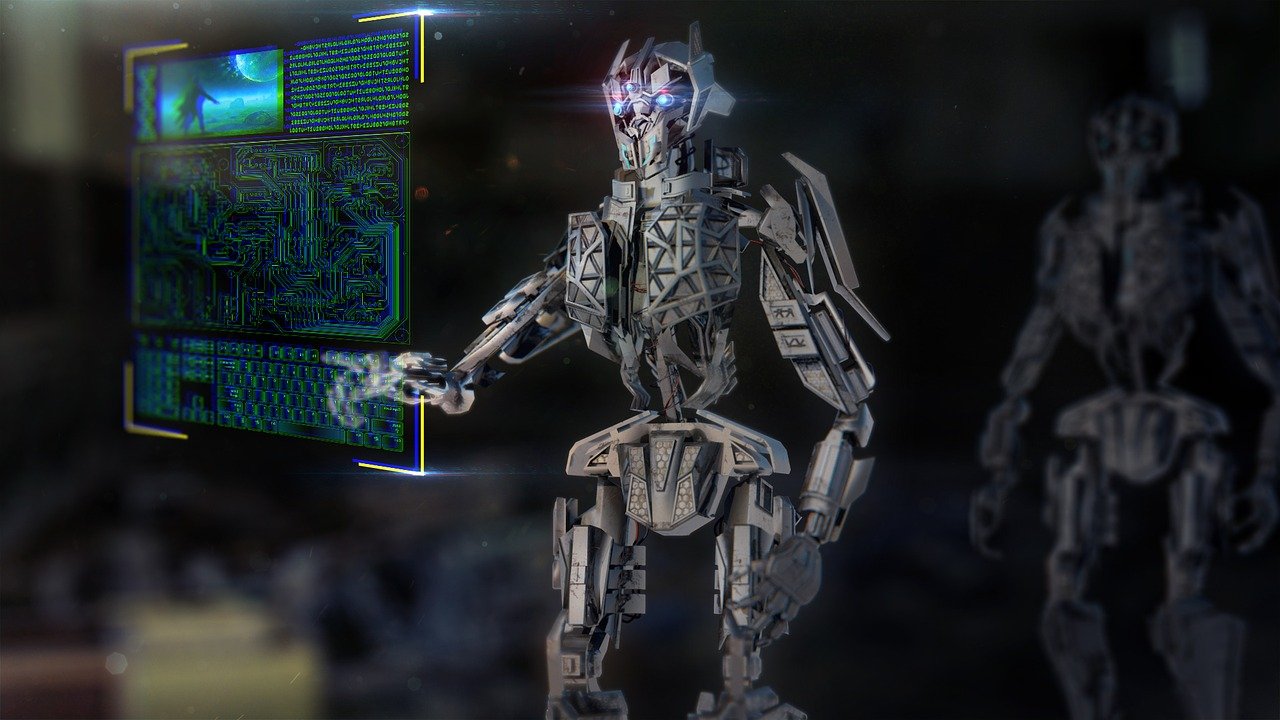The terms Artificial Intelligence and Machine Learning have been trending at a higher rate in media and web around the world for the past few years. Even if both the terms sound different, they are somehow interconnected. Both of these have subtle differences. To enlist all these, we can primarily say that Artificial Intelligence is a broader concept of machines that complete specific tasks in a way that humans would, but more efficiently and smartly.
On the other hand, Machine Learning is a subcategorized application of Artificial Intelligence based on the concept that humans should stay where they have reached and start helping machines get enough data and information to start processing more effectively.
Differences Between Artificial Intelligence and Machine Learning
Generally, Machine Learning focuses on a human programmer’s talents who designs the system and his expertise in applying Machine Learning. However, Artificial Intelligence does not depend on a human for better performance. Here are 10 difference between Artificial Intelligence and Machine Learning,
1. Concept
Concept
Most importantly, both these terms differ in their meaning. Generally, Artificial Intelligence means having a computer act and perform like a human being. However, Machine Learning can also be classified as a part of Artificial Intelligence itself. It stands for all the steps a computer needs to go through while implementing Artificial Intelligence.
We get to hear the term Artificial Intelligence frequently in media because of its popularity in several applications. Artificial Intelligence incorporates a wide range of subfields, such as expert systems, process automation, machine learning, deep learning, and reinforcement learning. However, this has already been proved that the media’s most trending topics are often the least valuable to businesses. They are only for research studies and are rarely used in daily applications.
2. Comprehension

Comprehension
If you consider two such systems on a broader scope, you can say that Artificial Intelligence is a combination of terms Artificial and Intelligence, which literally means the artificial ability to think. This also incorporates the application of speech recognition, visual perception, decision-making, emotion comprehension, and much more. On the other hand, Machine Learning is declared one of the introductory sources of achieving Artificial Intelligence goals. It consists of all the computer algorithms and techniques which help access a large amount of data and use it as a valuable resource afterward.
3. Functioning

Functioning
Artificial intelligence functions are generally known as Natural Language Processing, which means that the computing systems train themselves from data sets and use that information just like humans. Moreover, the importance of neural networks is worth mentioning. These networks serve as building blocks for the implementation of Machine Learning.
Machine Learning is a subset of Artificial Intelligence. It requires neural networks because these networks function as the base of a computer system and transmit information from one network to another. In Machine Learning, neural networks are capable of browsing a series of data and comprehending it to the maximum possible extent. Machine Learning can also sense your face and fingerprint. These features can be used for unlocking mobile devices or granting authorized access.
4. Problem-Solving
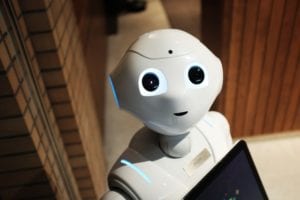
Problem-Solving
Artificial Intelligence works on finding the most favorable and appropriate solution for a task, due to which it has to focus on being intelligent. On the other hand, Machine Learning focuses on the correctness of the solution because it prefers knowledge and information over intelligence.
The purpose of using Artificial Intelligence is to increase the success probability rather than increasing accuracy. Artificial Intelligence focuses on the goal of stimulating natural intelligence to solve complicated problems. Whereas, Machine Learning aims to achieve higher levels of accuracy and focuses on learning from the information provided for a specific task to increase the system’s performance.
5. Classification

Classification
Digging in deep, you can divide Artificial intelligence into three subcategories, which are as follows,
- Narrow Artificial Intelligence
- Artificial General Intelligence
- Super Intelligence
Machine Learning can also be further subcategorized into three areas subfields, which include,
- Supervised Learning
- Unsupervised Learning
- Reinforcement Learning.
6. Expansion & Popularity
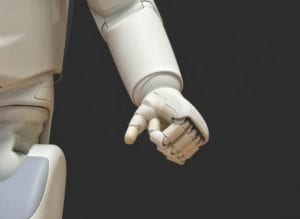
Expansion & Popularity
Artificial Intelligence often requires specific processors designed to process data more efficiently than a regular CPU. There is a variety of specially designed software and platforms available to process such data. Also, Google features Tensor Processing Units, which are designed to promote Machine Learning models’ training and application. Tensor Processing Units can be easily programmed using TensorFlow, which is a popular open-source Machine Learning framework.
Both Artificial Intelligence and Machine Learning have useful and unique business applications. But Machine Learning is much more capable of solving issues and problems with a relatively practical approach. Therefore, Machine Learning is widely used in the modern market because of its profitable and useful nature.
7. Mechanism

Mechanism
Artificial Intelligence helps to pass on the cognitive abilities of humans to machines. Throughout the history of Artificial Intelligence, it has used pattern matching and expert systems. However, the purpose of Machine Learning was to help the machine learn without any human intervention. Experts believed that the machine needs to find a solution to solve a task using the available data.
In Machine Learning, the system utilizes all the provided information to learn underlying trends and patterns. Artificial Intelligence utilizes its own experience to acquire new skills by understanding the application of provided information to new environments and situations. Artificial Intelligence works well with both structured and unstructured data. Whereas, Machine Learning can only work effectively if it is provided with structured and semi-structured data sets.
8. Applications & Scope
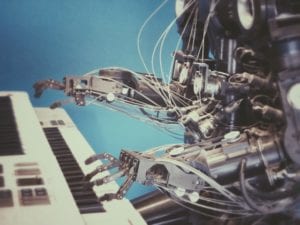
Applications & Scope
Artificial Intelligence has a much broader scope than Machine Learning, including applications ranging from robotics to text analysis. Artificial Intelligence can be considered a technology under development. There is still a lot of confusion about whether there will be a highly-researched Artificial Intelligence system any time soon. The concept of Machine Learning emphasizes a narrow range of applications. Machine Learning is used for analyzing realistic problems and finding their solutions.
Artificial Intelligence allows creating a complete intelligent system that can help us in all sorts of problems. Whereas, Machine Learning can only help develop machines that perform specific tasks for specific problems.
The top-rated applications incorporating Artificial Intelligence include expert systems, customer service systems, online gaming, intelligent robots, and much more. On the other hand, Machine Learning is used in online recommender systems, Google search algorithms, Facebook friend suggestions, etc.
9. Implementation & Development

Implementation & Development
Another difference between Artificial Intelligence and Machine Learning can be accurately comprehended through their implementation. Artificial Intelligence and Machine Learning work together to automate human activities like automated customer service, driving vehicles, and personalized recommendations.
Machine Learning requires efficient and complicated problem-solving and needs a lot of complex coding to get the desired results finally. These algorithms have to be trained with large data sets. The more data you provide for your algorithm, the better results it can generate. This makes it data-dependent and prone to failure in case of poor quality of data. Machine Learning is not something new and includes algorithms and processes that were discovered in the sixties.
Artificial Intelligence is on a never-ending journey of building modern machinery with human intellect. It features an extremely optimistic approach to be able to colonize the human mindset for regular operations. The programmatic implementation for Artificial Intelligence might take a considerable amount of time. Machine Learning is concerned; it can still start working on small and medium-sized data sets. However, as Machine Learning is linked with Artificial Intelligence, it will take some time to develop and deliver perfect solutions.
10. Required Expertise
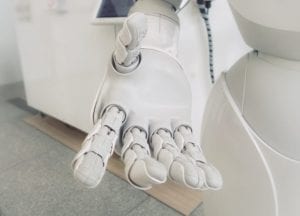
Required Expertise
For developing an artificially intelligent system, an extensive skill set is required, which includes,
- Algorithms and Techniques for Analyzing Problems
- Data Science and Robotics
- Ethical Concerns in the Development of Responsible Systems
- Java Programming and Programming Design
- Data Mining and Problem-Solving.
On the other hand, Machine Learning models require the following skills for the development of a successful system,
- Applied Mathematics and Physics
- Neural Network Architecture
- Data Modeling and Evaluation
- Probability and Statistics
Conclusion
You are not alone if you are easily confused whenever these technical terms pop up while browsing the World Wide Web. The latest discoveries have provided much-needed information to the experts to develop Artificial Intelligence and Machine Learning further. Both of these technologies, Machine Learning and Artificial Intelligence, have the potential of transforming our society as a whole and changing market dynamics. They also propose a range of new solutions for a technologically advanced future. Companies are incorporating both Artificial Intelligence and Machine Learning in their systems. Both of these concepts have their own set of complications and advantages. As long as fruitful research goes on, we can always rely on these systems to change our lives for the better.
This article is auto-generated by Algorithm Source: 9to5trends.com

